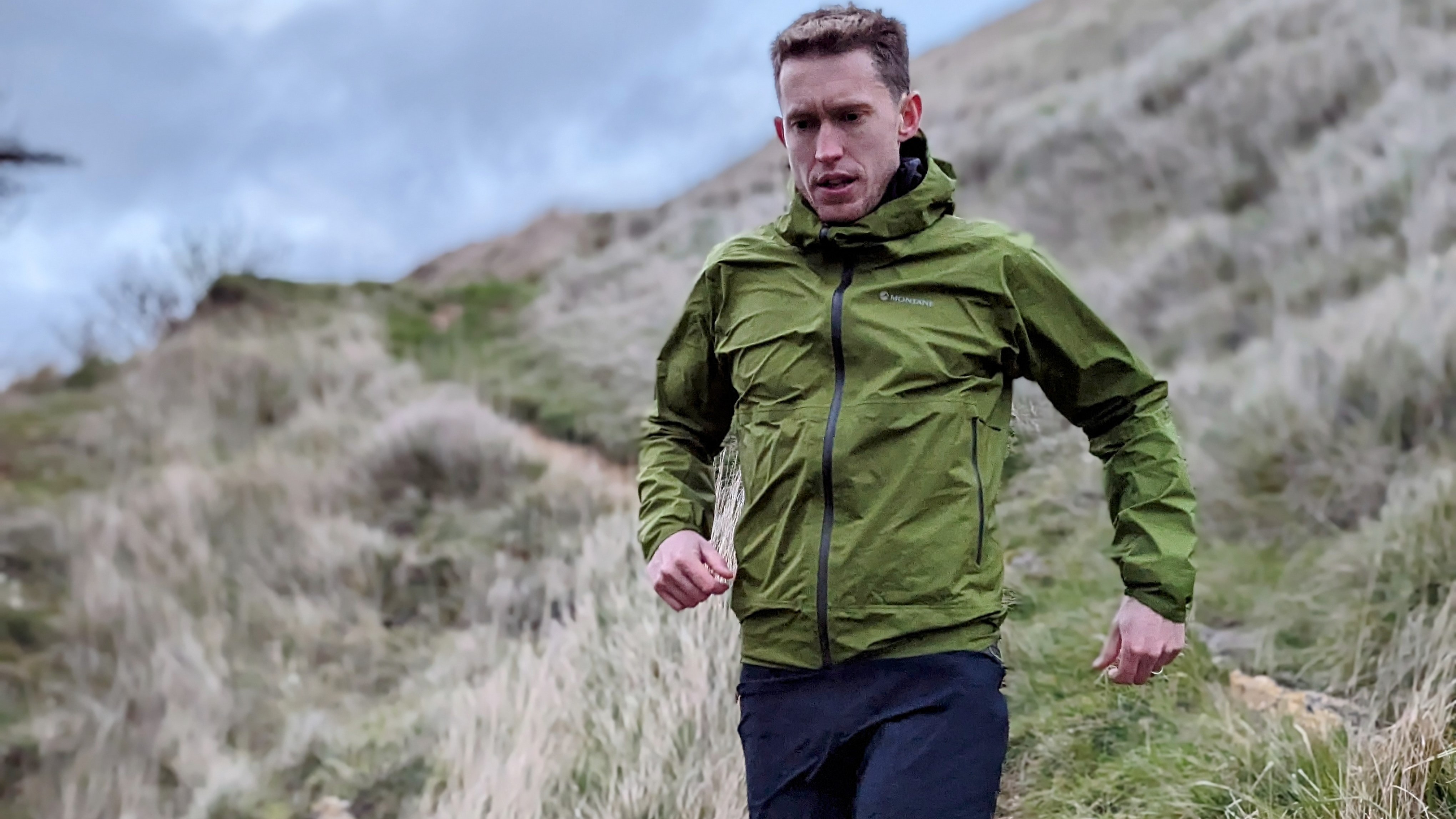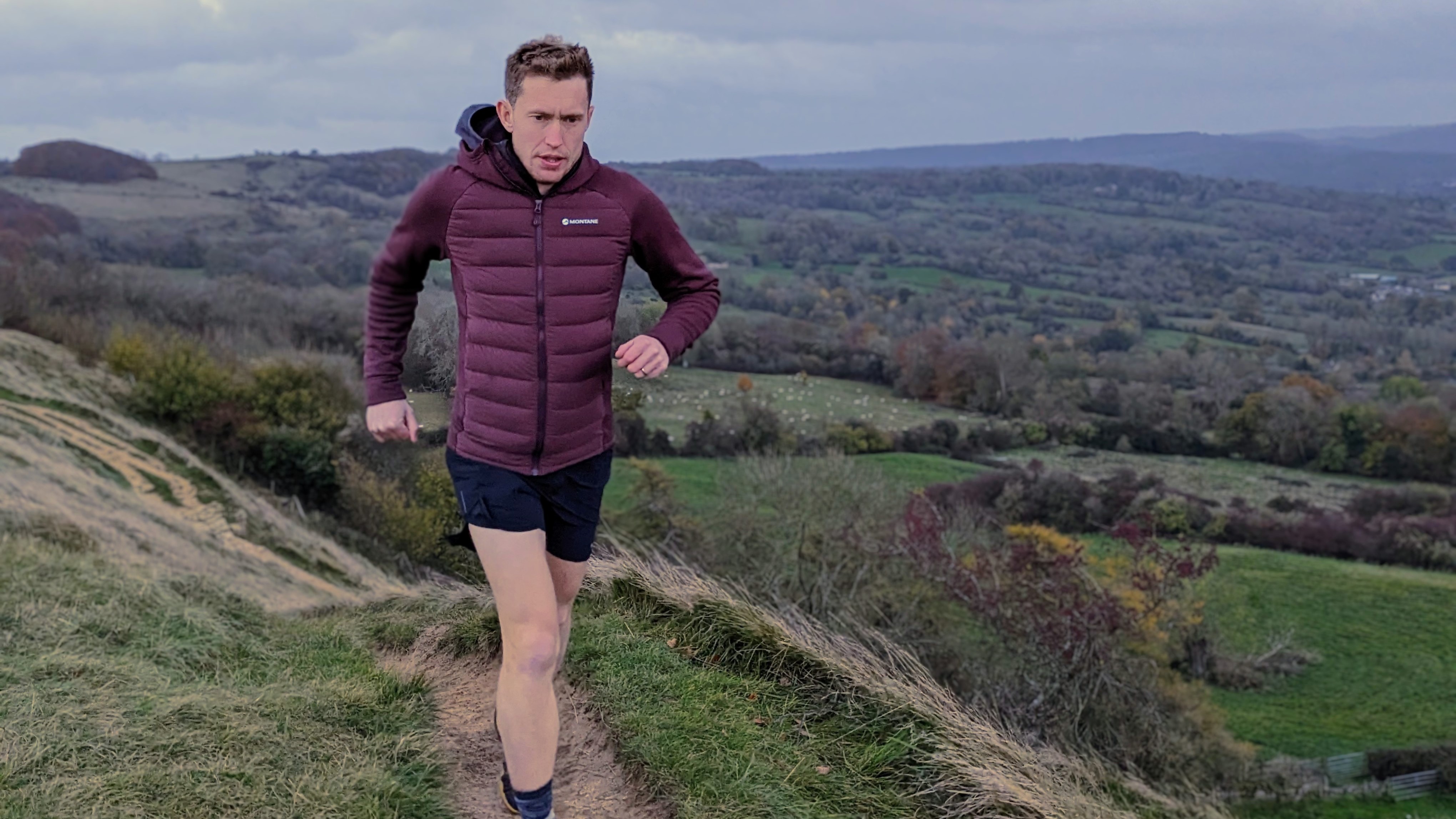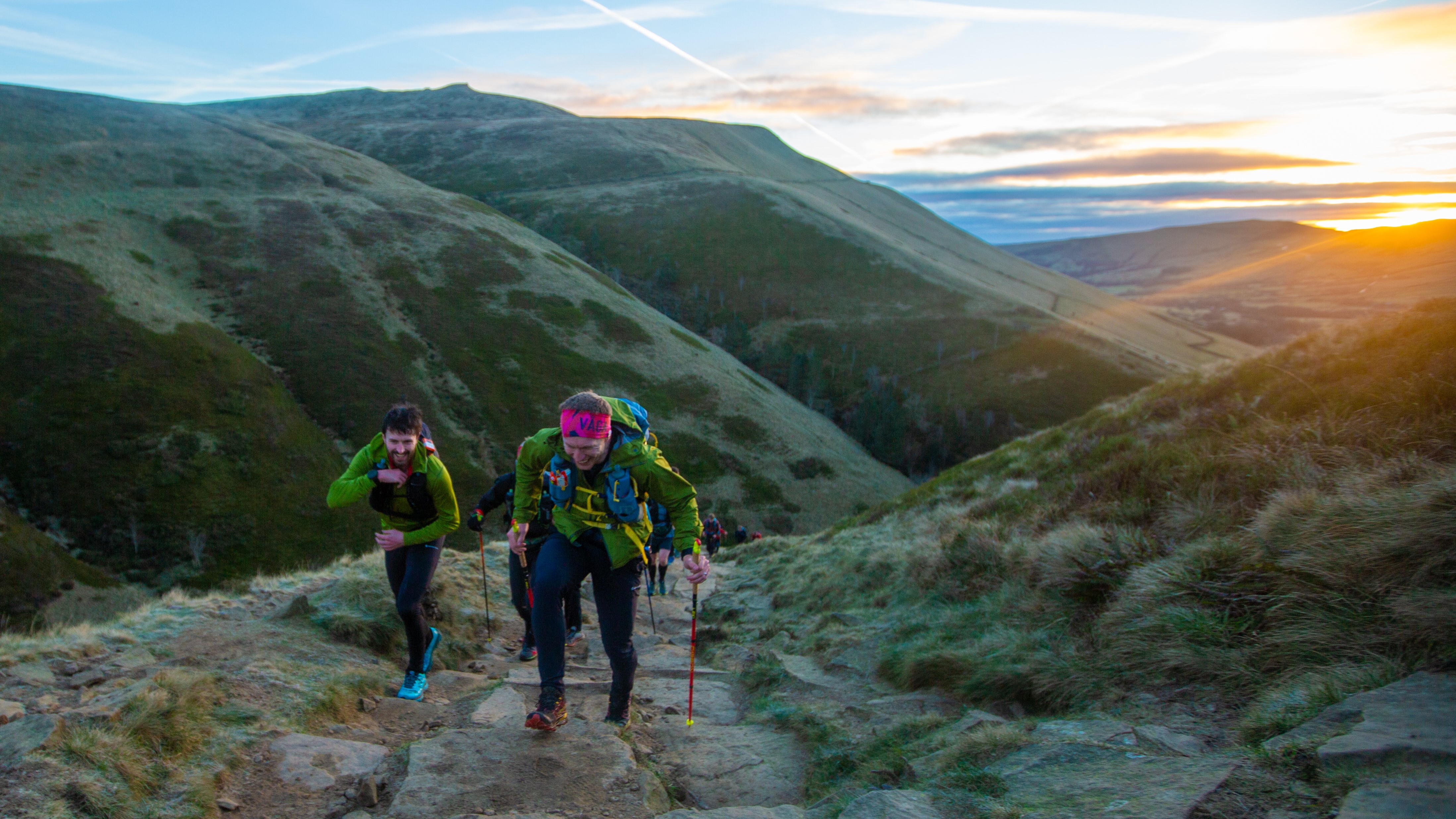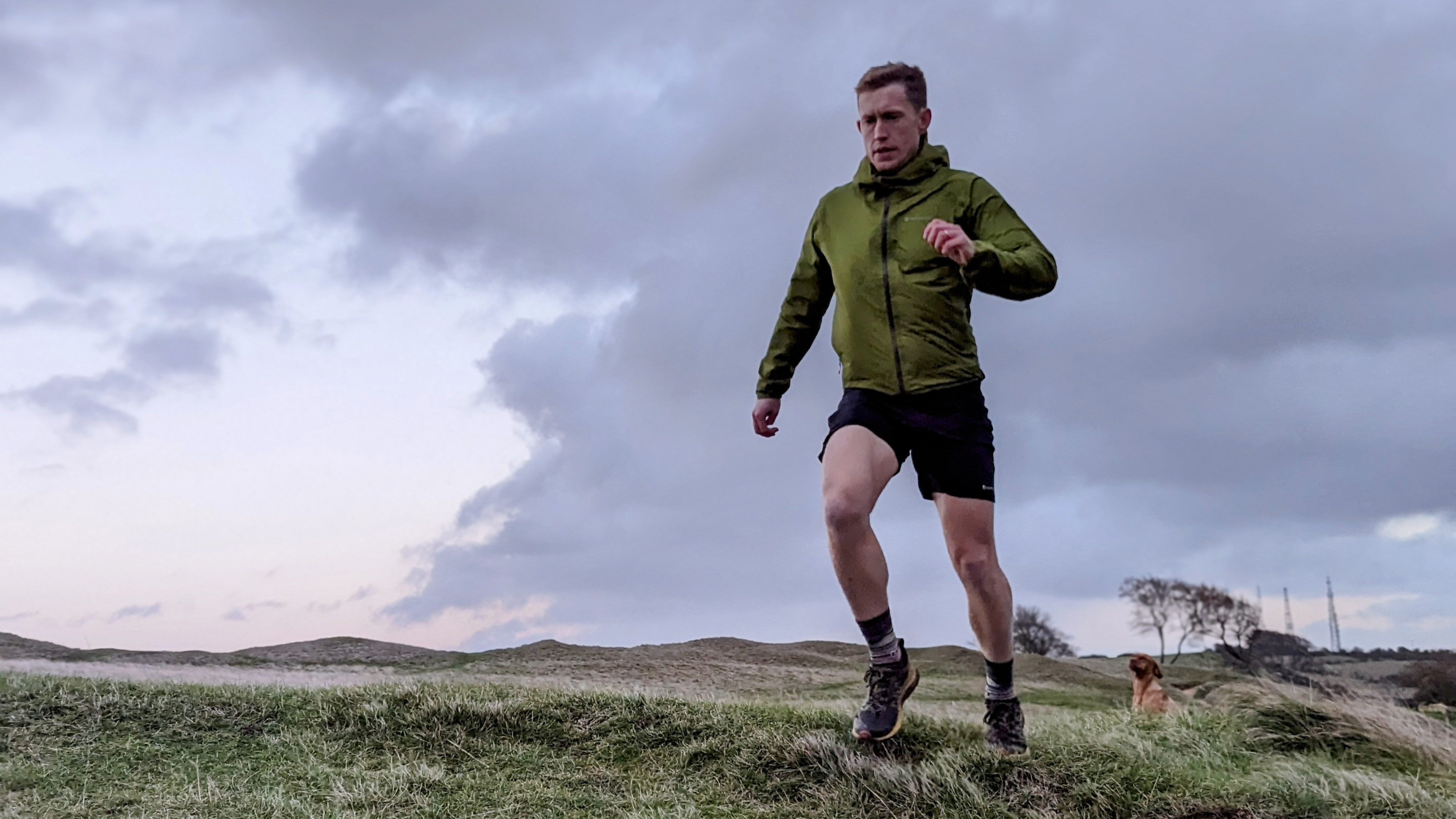“I knew it was game over” – an ultra runner opens up on how to deal with a DNF
We speak to British ultra runner James Nobles on dealing with disappointment on a long, cold trail

For British ultra runner James Nobles, preparing for the 2024 Montane Winter Spine race required some major sacrifice. Not only was he training to run the 268-mile Pennine Way in the north of England in the middle of winter, but any time training in his trail running shoes had to be juggled with being a public health researcher by day and a dad to his young family.
When he set off at 8 a.m. on Sunday, January 13, he was just one of 11 runners daring enough to attempt the grueling race, and in an Instagram post that morning he alluded to the precariousness of such an undertaking, where even the burliest runners can run out of steam, get injured or fall foul to the winter conditions.
“I'm under no illusion that I'm stepping forward ignorantly into what's to come, but that level of uncertainty and unknowing is what drew me in.”
That said, he's no stranger to success; Nobles won the 380 km Montane Dragon’s Back race in 2022 and came second in last year's 55 km Montane Cheviot Goat. And for 180 miles, he managed to stay in the brutal game, crossing the exposed rocky spine which runs through the Peak District and Yorkshire Dales and was often covered in snow and ice. But suddenly, a little over 44 hours into his race and following a long descent, he realized he wasn’t going to make it.
“My body had been feeling good until that point, however the six miles of continuous downhill, on the ice and with crampons on for most of it, must have taken its toll,” he recalls.
“I started to get a shooting pain in my left foot, which only got worse as I tried to continue on it. I knew then it was game over.”
A post shared by James Nobles (@jamesnobles91)
A photo posted by on
When you’re preparing for a race, whether it’s your first marathon or a burly ultra, so much time and mental energy goes into increasing your endurance, nutrition, studying the route and getting in the right headspace to succeed that it’s common to overlook one vital part of the puzzle – what happens if you don’t finish?
Advnture Newsletter
All the latest inspiration, tips and guides to help you plan your next Advnture!
The dreaded DNF is something we all theoretically know is a possibility, it’s just that we don’t necessarily plan for it. But the longer the race, the higher the chances that you won’t make it to the end.
According to New York Road Runners, just over one percent of runners in the 2023 New York marathon did not finish, equalling more than 500 runners. In last year’s 106-mile UTMB, of the 2,700 runners who attempted the race, a full third didn’t make it to the finish line. Then there was the ultra runner who won the Montane Arctic Spine race earlier this month, but found himself the only remaining runner for two days after every other runner dropped out.
Injury, course difficulty and weather all play a big role in how many runners DNF, but two things are for sure: some runners will definitely drop out, and it will be soul-crushing.
“To say that I was gutted would be a serious understatement. I’d trained solidly and consistently for six months just for this race, sacrificed a lot, which made it exceptionally frustrating,” says Nobles.

Know when to quit
So how do you know when that twinge is something you can run through, or if you need to call it? For Nobles, that part was easy. The shooting pain in his foot turned out to be a stress fracture, and it wasn’t going to let him limp on.
“I didn’t really have much of a choice,” he admits. “Once the pain in my foot started, I had no desire to carry on and hobble to the end.”
So Nobles followed the advice of many runners before him and realized that early damage control would produce the smallest amount of fallout. He knew he wasn’t about to quit if it wasn’t absolutely necessary, and strangely, this allowed him to make peace with his decision pretty quickly. In fact, he says, by the time he got to the next checkpoint, his mind had moved on to other matters.
“I was feeling okay about the decision and focused on getting to fill my boots with their beautiful lasagne.”

Focus on recovery
In the weeks that have followed his experience, Nobles says he’s tried not to over analyze the race and get bogged down in what he could have done differently, which is good advice for any runner dealing with a DNF. In fact, he says once he got over the initial disappointment of not finishing, he’s been faced with a bigger disappointment: that of not being able to run.
“That was harder than the actual DNF. Running is part of my day-to-day life, and so not being able to do that is a challenge mentally. I did what I could and went to the gym, but it’s not the same as being in the hills.”
Once you’ve made the decision to quit – or perhaps more accurately, the decision has been made for you – it’s important to take time to focus on your recovery, whether you’re dealing with a physical injury or the effects of overtraining syndrome. If you don’t give your body time to rest and consult a physical therapist, you’ll only prolong your suffering. You most likely will need to cut way back on running and focus instead on cross training for longer than you want, while techniques like meditation might help you to get back into a positive mindset.

Look forward, not back
Once your recovery plan is underway, you can turn to thoughts of the future, which has benefits for both your mind and your body. After all, research has demonstrated that optimism both improves athletic performance and may shorten recovery times. Obviously, that could mean planning a vacation, but for Nobles, it means coming back for another shot at the Winter Spine in 2025, which he says he wants to finish as strong as he can.
“I don’t think a day has gone by where I haven’t thought about the next Montane Winter Spine race – it’s become a bit of an obsession!”
Julia Clarke is a staff writer for Advnture.com and the author of the book Restorative Yoga for Beginners. She loves to explore mountains on foot, bike, skis and belay and then recover on the the yoga mat. Julia graduated with a degree in journalism in 2004 and spent eight years working as a radio presenter in Kansas City, Vermont, Boston and New York City before discovering the joys of the Rocky Mountains. She then detoured west to Colorado and enjoyed 11 years teaching yoga in Vail before returning to her hometown of Glasgow, Scotland in 2020 to focus on family and writing.

